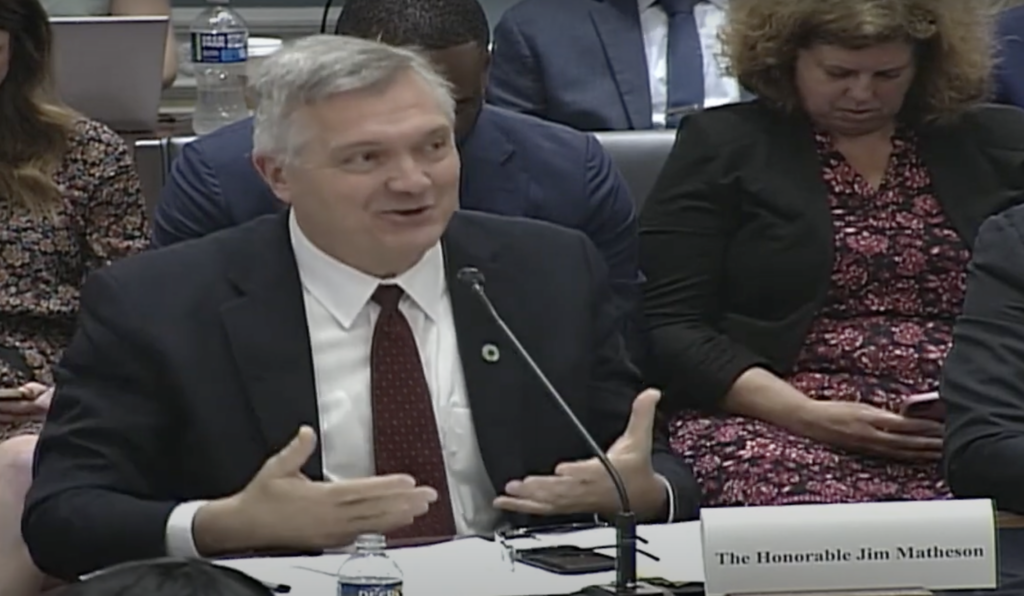Expert Argues over Definition of Sufficient Internet Speed in Broadband Programs
The 100 Megabits per second download * 20 Mbps upload does not satisfy needs in rural areas, said panelists.

WASHINGTON, June 25, 2023 – Witnesses at a Committee on Agriculture hearing Wednesday clashed over a proposal to increase the definition of sufficient broadband access under its ReConnect program.
The Department of Agriculture’s ReConnect program provides funding opportunities to internet service providers aiming to bring broadband connectivity to areas that currently lack sufficient internet access. USDA defines these “eligible service areas” as having internet speeds below 100 Megabits per second (Mbps) downstream and 20 Mbps upstream.
When providers deploy broadband using ReConnect funding, however, they must build at 100 * 100 Mbps.
The current argument is whether to allow funding for areas that are above 100 * 20 Mbps, but below 100 * 100 Mbps.
Jim Matheson, CEO of the National Rural Electric Cooperative Association, urged the program to target areas between those two thresholds.
According to a Federal Communications Commission’s report from 2021, more than 87 percent of the population has broadband speed at 250 * 25 Mbps. This means the current USDA’s definition of sufficient access to broadband does not meet customer demand and falls short of actual service provided to Americans elsewhere, said Matheson.
“Rural communities should not be treated as second class citizens and be relegated to ‘good enough’ broadband,” he said.
Rural Broadband Association CEO Shirley Bloomfield agreed that 100 * 100 Mbps is critical in fulfilling the digital needs of rural households. High-speed connectivity can facilitate telemedicine and precision agriculture, a technology which allows farmers to use crop inputs such as fertilizers, pesticides, and water more efficiently, she said.
David Zumwalt, president of the Wireless Internet Service Providers Association, which now calls itself Broadband Without Boundaries, opposed the idea. He said that 100 * 20 Mbps is “more than sufficient already.”
Expanding the baseline speed to 100 * 100 Mbps would only create “overbuilding,” he argued, in areas that already have adequate internet. That would divert funds away from those most in need. Symmetrical speed is also unnecessary as customers usually need more data for downloads than uploads, he added.
James Assey, vice president of the National Cable and Telecommunications Association, which calls itself the Internet and Television Association, adopted a more cautious stance: A debate about bandwidth speeds may detract from efforts to provide universal internet coverage, he said. He emphasized the importance of striking a balance between ensuring quality internet access and prioritizing coverage in areas that are most in need, particularly those with little to no internet connectivity.
This debate is a response to a widely varying definitions of sufficient internet connectivity across different agencies. While the Infrastructure Investment and Jobs Act set the “underserved” threshold at 100 * 20 Mbps, the FCC still only requires a minimum of 25 * 3 Mbps to constitute broadband, a definition established eight years ago.
A late 2021 Report showed the average demand for download speed already reached 99.3 Mbps.








